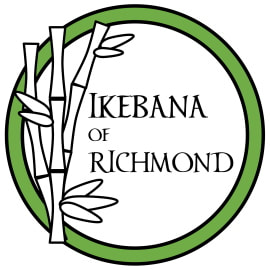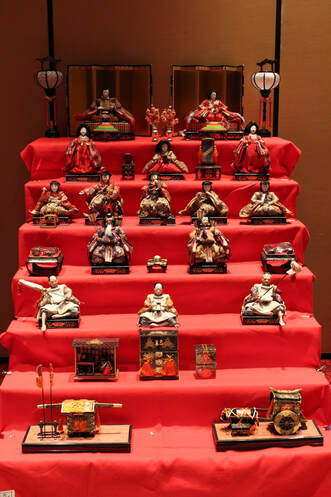January 1st - New Year's Day
New Year’s Day, Oshogatsu is a time for peace and resolution. Houses are decorated with rice cake called Kagamimochi and gates are decorated with pine and bamboo called Kadomatsu. Traditionally Mochi was made from whole rice, in a labor-intensive process. The traditional mochi-pounding ceremony in Japan is Mochitusuki. Osechi-ryori is special dishes for New Year.
March 3rd
|
May 5th - Boy's Day
It was originally called “Tango no sekku”. The carp shaped flags are raised. (In Chinese legend, a carp swims upstream and becomes a dragon.) A Kintaro doll and a traditional Japanese military helmet, Kabuto are displayed, which are symbols of a strong and healthy boy. Kashiwamochi, rice cakes filled with red beans wrapped in Kashiwa(oak) leaves, and chimaki, sweet rice wrapped in a bamboo leaf are traditionally served on the day.

